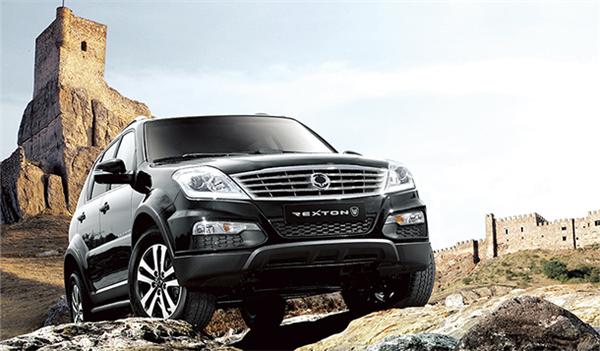Analysis: SsangYong’s lack of development prospects in China

In January 2005, SAIC Group acquired a 51.33% stake in SsangYong, making it the Korean SUV maker’s largest stakeholder. That was several years before Geely acquired Volvo with the aim of revitalizing that brand. However due to a number of reasons, SAIC failed to prop up SsangYong when it suffered record losses and ended up selling it off.
Later an agreement was signed between SsangYong and domestic commercial vehicle manufacturer Shaanxi Motor. The agreement was rather low-key. The two companies agreed to establish a joint venture located in Xi’an and construct SsangYong’s first manufacturing plant outside of its native Korea. The plant will have an initial annual capacity of 150,000 units, which will later increase to 300,000 units. It will possess an assembly line, R&D center, engine production facilities, sales center and logistics center. SUVs, MPVs, pickup trucks and sedans are all scheduled to be manufactured there, as are a series of new energy own brand vehicles. It is predicted to produce 30 billion RMB to 40 billion RMB worth of vehicles by the end of 2019. SsangYong will also collaborate with other Xi’an-based companies working in the industry.
Unlike other similar reports of foreign auto brands setting up shop in China, which are supplying the country with foreign investment, SsangYong is instead looking at the Chinese market as a way to make up for falling revenue elsewhere.
The decision to purchase SsangYong was a major wake-up call to SAIC. SsangYong, Korean’s fourth largest automaker, was purchased in 1997 by Daewoo but sold again in 2000. Then in 2004, SAIC purchased a 49% stake in the company, which it raised to 51% the following year, making it SsangYong’s largest stakeholder.
However over the next four years SAIC had a difficult time asserting its influence over SsangYong. Strikes by local labor unions opposed SAIC’s restructuring plans, while the Korean government accused SAIC of stealing domestically-produced technology, going as far as apprehending Chinese management staff.
One of the tenets of SAIC and SsangYong’s agreement was that SsangYong would provide technological support to SAIC so that the both of them could coordinate to produce vehicles together. However due to complications with labor unions and Korean legal bodies, no such support has been provided as of yet, which in turn has prevented the implementations of any plans to produce vehicles together.
At the same time, SsangYong’s sales performance was increasingly worse, with the company suffering record losses in 2009. SAIC refused to bail out the company, instead choosing to end their partnership. SsangYong was soon after sold to Indian company Mahindra & Mahindra.
This put a hold on SsangYong’s plans to expand into the Chinese market in any meaningful way. Although an agreement was later signed with Pangda Group regarding exclusive distribution rights in the China market, the result was that SsangYong failed to leave any sort of impact in the Chinese SUV market. Only 7,800 SsangYong SUVs have been sold in China from January to August of this year, which is less than even most second-tier domestic SUV manufacturers sell in one month here. Much like Mitsubishi, lack of technical advancement has been cited as a major reason behind the poor performance of SsangYong models in the domestic SUV market.
SAIC’s purchase of SsangYong was one of the earliest examples in the Chinese automotive industry of a multinational agreement failing to deliver. As such, it has been a valuable lesson for SAIC and other domestic manufacturers looking to expand their business.
Even the current agreement between Shaanxi Motor and SsangYong seems to be excessively optimistic. The plan has yet to be approved by the State Council and its production targets seem very unrealistic. The biggest advantage it has going for it is the proposal to manufacture new energy vehicles. In any case, even if the plan doesn’t fall through SsangYong will almost likely incur no losses on its end.
Gasgoo not only offers timely news and profound insight about China auto industry, but also help with business connection and expansion for suppliers and purchasers via multiple channels and methods. Buyer service:buyer-support@gasgoo.comSeller Service:seller-support@gasgoo.com







